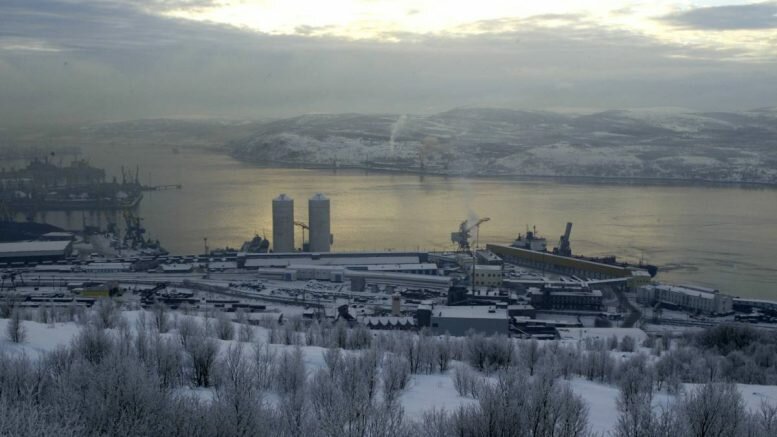Russia invited experts from Norway and other Arctic countries to join nuclear waste clean-up efforts in the Kara Sea and the Barents Sea off the Norwegian coast.
There is a lot of radioactive waste in the sea near Finnmark, and now Russia wants to clean it up.
The country invited experts from Norway and other countries to a conference in June 2022 to look at how the radioactive waste can be safely taken up from the sea, the Barents Observer reports.
The invitation comes in connection with Russia’s leadership of the Arctic Council.
The conference will review how nuclear waste can be safely extracted and stored. The effort is connected to Russia’s goal of opening up more of the Arctic sea area for commercial operation.
“There is momentum now. For environmental protection and foreign policy reasons, Russia needs to do something about this,” Andrei Zolotkov in Bellona in Murmansk, close to the border with Kirkenes, said.
Environmentalists say it is important that this is done in a thorough manner. The worst-case scenario is to try and pick up radioactive waste but lose it along the way, which could lead to a surge of radioactivity flowing into the sea. The price tag for such a clean-up operation is estimated at EUR 278 million.
The K-159 case
A total of 17,000 objects were dumped in the Kara Sea during the Soviet era. At the same time, there are particularly significant challenges associated with the extraction of the K-159 submarine.
According to Bellona, K-159 was decommissioned on May 30, 1989, and laid up in Gremikha. Her reactors were probably not de-fuelled. She remained in layup with little or no maintenance for 14 years.
The poor condition of Russia’s fleet of decommissioned nuclear submarines concerned the nearby Baltic and Scandinavian nations, and in mid-2003, five countries made a combined donation of more than USD 200 million in support of decommission and disposal of the hulls.
In anticipation of receiving those funds, Admiral Gennady Suchkov, Commander of the Northern Fleet, decided to tow all the 16 laid-up submarines from Gremikha to shipyards where they would be dismantled. K-159 was the 13th hull to be towed.
Incident
Because K-159’s hull was rusted through in so many places, it was kept afloat by spot-welding large empty tanks to her sides as pontoons. Those tanks, however, were manufactured in the 1940s, were not air-tight, and were no better maintained than the submarine’s hull.
The submarine wreck has been in the sea since 2003, near the border with Norway, in one of the best fishing areas in the Barents Sea.
According to Bellona, on August 28, 2003, the K-159 and her pontoons were manned by ten Russian sailors and taken under tow to Polyarny.
That crew kept the pontoons pressurized and the submarine hull pumped out, but during the early morning hours of August 30, they encountered a squall that ripped away one of the pontoons.
K-159 did not sink immediately but was clearly in distress. The Northern Fleet was notified at 1:20 AM, and Admiral Suchkov arrived at headquarters 20 minutes later.
By 3:00 AM, the wreck had sunk in the Barents Sea, 200 meters down, with nine of her crew and most likely 800 kilograms of spent nuclear fuel containing some 5.3 gigabecquerels of radionuclides.
Source: © NTB Scanpix / #Norway Today / #NorwayTodayNews
Do you have a news tip for Norway Today? We want to hear it. Get in touch at [email protected]



Very glad to see Russia ready and willing to undertake this.
There will have to be massive, international, mutually verified cutbacks in fossil fuel production as well.